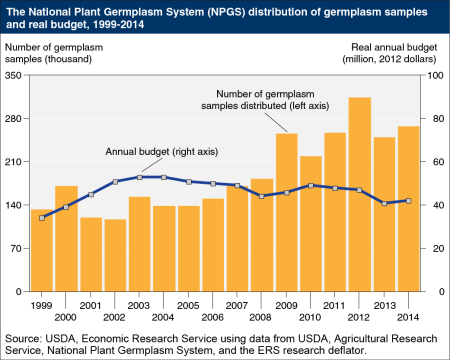The 7th European Botanic Gardens Congress is on this week, in Paris. You can follow it in all the usual ways, or most of them anyway. I was struck by this tweet from the opening day, of a slide from the presentation by new BGCI director Paul Smith. Sounds a lot like what we’re trying to do with crop genebanks around the world too.
La importancia de los #jardines #botánicos #EurogardVII by Smith Paul pic.twitter.com/ULQanwdBCM
— Aso.AmigosConcepcion (@AAJBHC) July 6, 2015
There’s a botanical garden that is conserving one crop almost single-handedly, but Diane Ragone, who’s in charge of the the National Tropical Botanical Garden and its breadfruit collection, is at a different, and I suspect more entertaining, conference in Trinidad.
LATER: Paul’s vision is more fully set out here.
